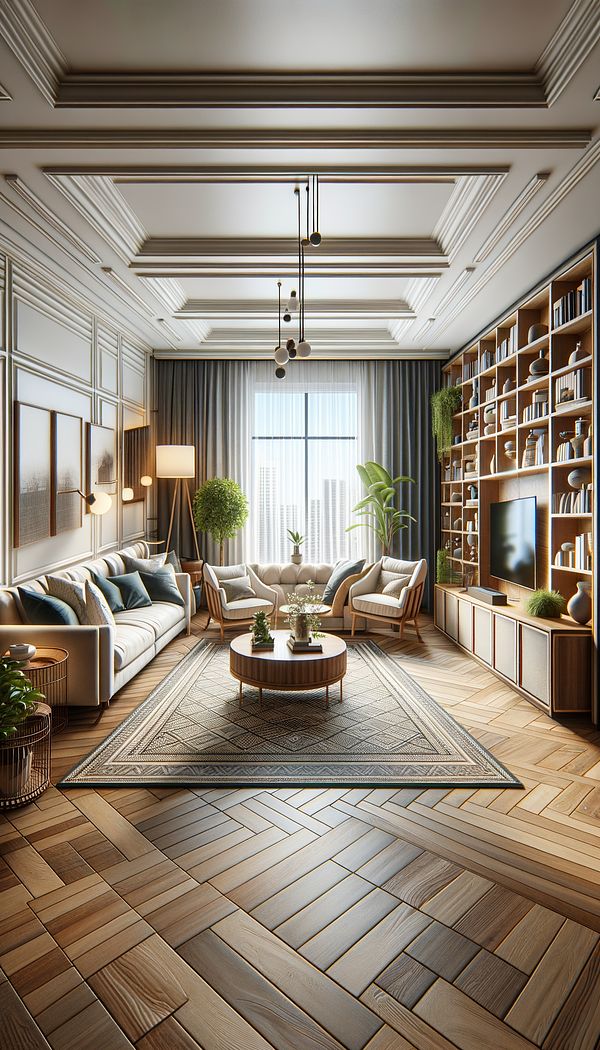What is Scale?
Scale refers to the size of objects in relation to each other and the space they occupy.
Description
In interior design, scale is a critical concept that ensures the elements within a room are proportionate to one another as well as to the overall space. It’s all about balance and harmony; scale ensures that objects look like they naturally belong together in a space, helping to create a cohesive and comfortable environment. Scale can affect how spacious or crowded a room feels, how furniture and decor interact, and ultimately, how the room functions on a practical level.
Getting the scale right means considering the size of furniture, the height of ceilings, the dimensions of decorative items, and how these elements relate. It’s not just about the size of an individual item but how it compares to others and to the space itself. For example, a large, overstuffed sofa may be too dominant in a small living room, making the space feel cramped. Conversely, placing small pieces of furniture in a large room can make the space feel sparse and disconnected.
In addition to the physical proportions, scale can also refer to the perceived size of objects that is influenced by color, texture, and pattern. Lighter colors, delicate textures, and smaller patterns can make a piece seem smaller, while darker shades, heavier textures, and larger patterns can make it appear larger.
Usage
Professional interior designers use scale to determine the most appropriate sizes for furniture and decor in a specific room. This ensures that space is used efficiently, and the interior feels balanced and harmonious. In home decorating, scale is used to choose furnishings that complement the size of the room and each other, creating visually appealing and functional spaces.
FAQs
-
Why is scale important in interior design?
Scale is important because it ensures that the elements within a space are proportionally balanced, creating a cohesive, functional, and aesthetically pleasing environment.
-
Can scale affect a room's functionality?
Yes, getting the scale wrong can make a room feel either cramped or sparse, affecting how the space is used and perceived.
-
How can scale influence the perception of a room?
Scale can influence whether a room feels welcoming and comfortable or disjointed and awkward, based on how well the size and proportions of elements harmonize with each other and the overall space.
Practical Application
To apply the principles of scale in interior design, start by considering the size of your space and the height of your ceilings. Choose furniture and decor that are proportional to the size of the room and each other. Use color theory, texture, and pattern to influence the perceived size of objects. Always measure your space and the items you intend to place in it to ensure they will fit together harmoniously.
-
Furniture Types599 articles
-
Color & Patterns154 articles
-
Space Planning & Layout134 articles
-
Art & Sculpture30 articles
-
Decorating Principles & Elements330 articles
-
Rococo RevivalRococo Revival is a 19th-century furniture and interior design style that draws inspiration from the 18th-century French Rococo period.
-
Bamboo TurningBamboo Turning is a technique used to shape bamboo into various forms and structures for interior design and furniture making.
-
AccessoriesAccessories in interior design refer to items used to enhance the aesthetic appeal and functionality of a space.
-
Bunk BedA bunk bed is a type of bed in which one bed frame is stacked on top of another, allowing two or more beds to occupy the floor space usually required by just one.
-
California KingCalifornia King refers to a specific size and dimensions of a bed.
